An Indigenous voice to parliament will let our women speak
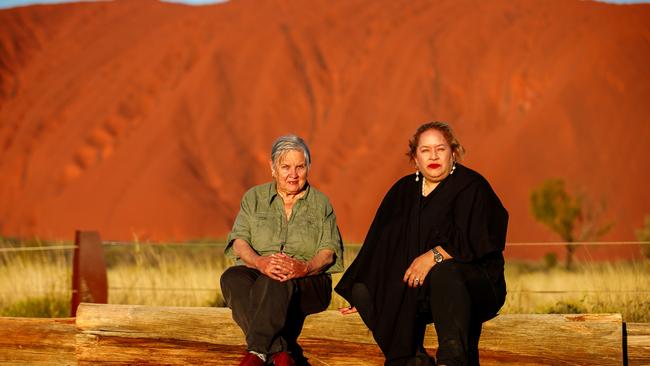
The enshrined voice to parliament will provide a sustained presence for Indigenous women in governance and the development and administration of Indigenous policies and programs in Australian democracy. And through that mandated engagement in Australian democracy, our women on the voice will create role models and pathways for the next generation of Indigenous girls.
This is a powerful thing for young girls. As the saying goes, “if you can’t see it you can’t be it”.
Recognition is critical for the future direction of Indigenous affairs because it means mandating Indigenous women’s perspectives and input from grassroots communities in policy and law, and this input will be routine and enduring.
It won’t be, as it has been in the past across successive governments, that Indigenous women are an afterthought or forgotten about entirely. This is important because Aboriginal women play a central role in the organisational and cultural life of communities that is often overlooked. It is often said that women are the backbone of Aboriginal communities and the voice will reflect this.
I have said many times that one of the reasons I became a lawyer was because of the power of constitutions to make cultural change. And constitutions can compel the state to provide the material and political support required to deliver citizens the minimum threshold required for a dignified human life. This is what the Constitution has done for most Australians since Federation. But not for all Australians. The exclusion of First Nations people from the Constitution is factual. The experience across the century of compulsory racial segregation was something endorsed by our parliaments and our rule of law. Constitutional exclusion and legal exclusion are not some abstract things. The ramifications have been very real and tangible.
Both sides of politics have admitted this. There is no dispute. Most Australians do not have to grapple with the contemporary manifestations of express exclusion from the constitutional order. The rule of law has worked for most Australians. It is why we are such a successful liberal democracy – but not for all.
This success is why it is difficult for some Aussies to understand the exigency of the voice because the enduring legacy of constitutional racism has not affected the majority. Neither have they heard first hand of the impact.
Reconciliation Australia’s barometer tells us more than 80 per cent of Australians have never met a First Nations person. But the countless reports and the ritual of parliamentary lament about the inability of politicians and bureaucrats to make a difference and bring about change shines a light on why the voice and nothing else was chosen as being the most meaningful form of recognition.
There are some Australians who say it’s too weak because the power of the voice is to make constitutional representations on matters relating to Indigenous peoples but no concomitant legal obligation to implement.
‘We don’t have to prove politicians have failed Indigenous communities. They admit this, year after year.’
But having the opportunity to convey to the parliament and the government and all Australians the solutions we have to the issues that arise in the course of Australian democracy will be transformative because our voice will be heard.
Currently it is not. And one of the downsides of the invisibility of First Nations in most consultations is the absence of women’s voices and their unique perspectives and ideas for change. The voice will be able to marshal the combined capabilities that are vital to enabling Aboriginal women to flourish. This is no small thing.
The stock standard response of “No” to this argument will be that there are Aboriginal women in parliament now. But basic civics education tells us that Australian democracy functions in a way that those women represent their electorates and the particular ideological positions fashioned by professional political parties. And their presence in parliament is time limited.
A voice outside and to the parliament is a completely different thing to being a professional politician. The voice to parliament isn’t an entity intended to foster professional politicians, it is a mechanism by which women who live on country and stay in community devoted to the service of their communities and families are able to venture an opinion about the policies and laws made about them. This is what making a constitutional representation is about.
It enables Indigenous women to provide an active voice on the relevant matters relating to Indigenous peoples, as the provision sets out, and provide a more nuanced perspective for community.
This will incontrovertibly lead to better results and better outcomes. This will help the nation save the waste that occurs in Indigenous policy each year. Of the billions that are churned into the space very little hits grassroots communities, yet there is no sustained attempt to find out why.
In the constitutional dialogues no one asserted a desire for more politicians or more bureaucrats. Nothing could be further from the truth. But what has become acutely destructive is the failure of government and the parliament to speak with Indigenous communities before they act. This may seem trivial but it’s a significant driver of disadvantage. This is not limited to either party. The reality is that both sides of politics have become accustomed to doing what they want and to a large extent, across the past decade, consulting with each other without First Nations in the room. When policy formation is left to both the major parties it’s a race to the bottom in terms of the threshold politicians thinking about the next election will accept.
Our issues are slated to a three-year schedule. The end of the Aboriginal and Torres Strait Islander Commission was the end of bipartisanship in this policy area. That was the end of a formal policy of “self-determination”. And in the intervening years both parties have become used to consulting each other without any ATSI representative. This is how the policy space has deteriorated over time.
We hear slogans like “children to school” and “adults to work” but since those lines were trotted out 20 years ago there has been no change in outcomes – instead we’ve seen an exponential increase in bureaucracy and red tape. No one hears about it because by and large mainstream media is not interested in forensic analysis of policy.
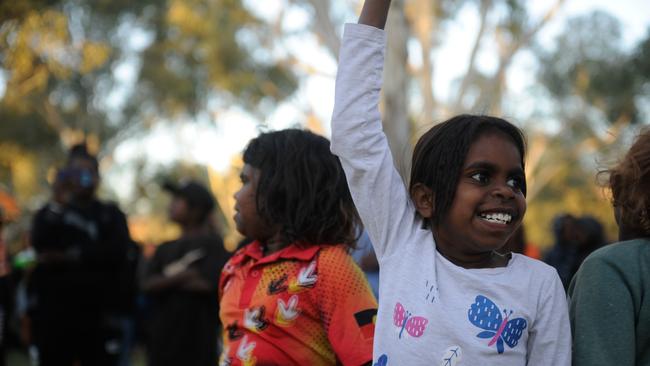
The Indigenous Advancement Strategy introduced under former prime minister Tony Abbott really drove the sentiment for the voice because it decimated communities, with its brutal razor-gang approach cutting most programs and policies and defunding things such as women’s night patrols and other domestic violence measures that benefited women’s wellbeing and bodily integrity.
The politicians and bureaucrats never asked the question: which programs and policies worked? They just cut without consultation. Don’t believe me? Read the Australian National Audit Office reports for yourself.
The bipartisanship that David Littleproud and Peter Dutton broke before they saw detail on the voice wasn’t surprising. While it is an indictment on liberal democratic governance that politicians can reject something they haven’t seen or read or understood, it wasn’t surprising because by and large Indigenous policy functions that way. It runs off anecdote and tall stories told by politicians that are never checked by mainstream media. It runs off government-of-the-day press releases and access for only those who have ministers on speed dial and the rest have to be obsequious with bureaucrats and curry favour to retain funding.
And for the most part Indigenous women are invisible and are excluded from this. The First Nations women I speak to who work in grassroots communities in domestic violence and family violence organisations and housing organisations and health organisations talk about how every three years they have to fly to Canberra cap in hand, with a map in hand, and circling in red pen where they live to explain their existence to the newest minister and the new top bureaucrat: this is where we live, this is where the ageing infrastructure is that leads to copper in the water, this is our language group, this is who we are.
It’s an exhausting exercise for Indigenous women. There is no regard for the impact of the churn of this policy space on Indigenous women; it is disruptive, it lacks routine and it doesn’t allow communities and organisations to settle. It means women are in a constant state of flux and worry and anxiety.
One of the most important design elements or details of the enshrined voice is there will be equal numbers of men and women on the voice. This is transformative. Constitutional entrenchment of the voice means the state is compelled to respect and prioritise this fundamental political right to participate for Indigenous women.
Some query why a constitutional power is required and why legislation is not enough. Until now legislation has not been enough. Aboriginal issues are an ideological political football. The current debate that a second referendum will be held if the October referendum fails is a good demonstration of this.
Rather than debating why the voice is needed on specific policy groups, the generic No argument has been about government waste. Nothing is more wasteful than running a second referendum on an idea for symbolism that was rejected by Aussies in 1999. We know symbolism will not change the lives of people on the ground. We know symbolism will not improve women’s lives or give women a voice or a seat at the table. The Australian constitutional system was and remains imbued with race. This is fact.
There was a correction in 1967 to delete the express exclusion of Aboriginal people but that didn’t recognise First Nations people. The manifestation of that exclusion is real and tangible and not easy to overcome.
Social Justice Commissioner June Oscar’s report Wiyi Yani U Thangani (Women’s Voices) consulted Aboriginal women nationwide about their voices: “I have heard from our women and girls that they are living within a system that does not recognise their basic rights to things like housing, education, health and financial security. This ingrained systems deficit perpetuates cycles of discrimination, poverty and trauma in our communities and further entrenches disadvantage and inequality.
“Women and girls tell me how these unsafe environments undermine and deny the full realisation of their rights and prevent them from breaking cycles of harm. When we look at statistics highlighting the inequalities our peoples face, we see successive governments failing to address the injustices perpetrated against us, and in many domains, the situation is worsening.”
We don’t have to prove politicians have failed Indigenous communities. They admit this, year after year. Both sides of politics have admitted this. We know this. Australians know this. No one is debating right now that the status quo works. As Oscar says, the situation is worsening. And we have put a thoughtful and impactful solution on the table to do something about it.
In a month all Australians have the agency to do something about this. A vote for Yes will be an investment in the voices of our women in communities to be at the table. A vote for No is an endorsement of the status quo. There will be no second referendum.
Megan Davis is a Cobble Cobble woman who is the Balnaves Chair in Constitutional Law, director of the Indigenous Law Centre at UNSW Law and pro vice-chancellor at UNSW.

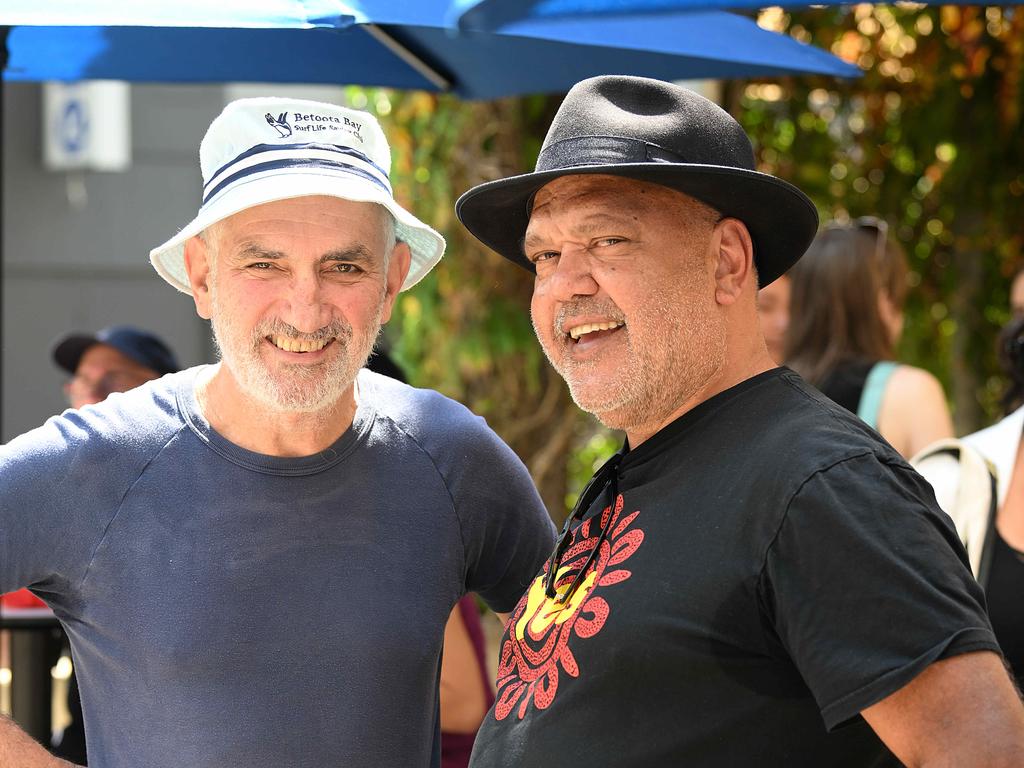
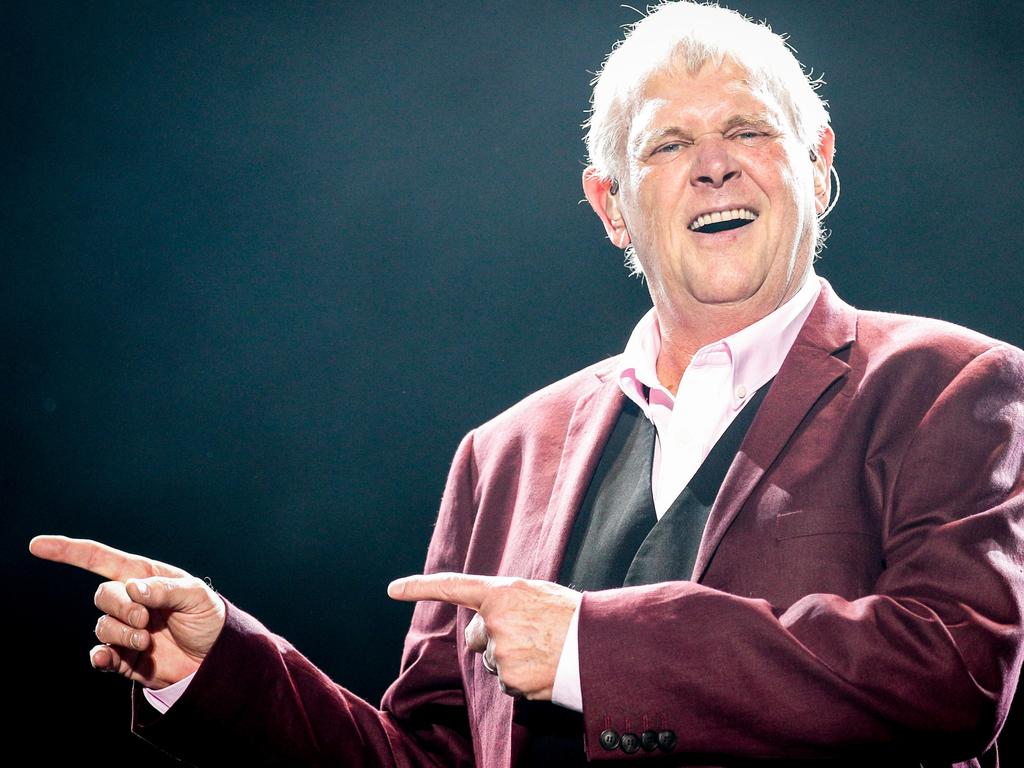

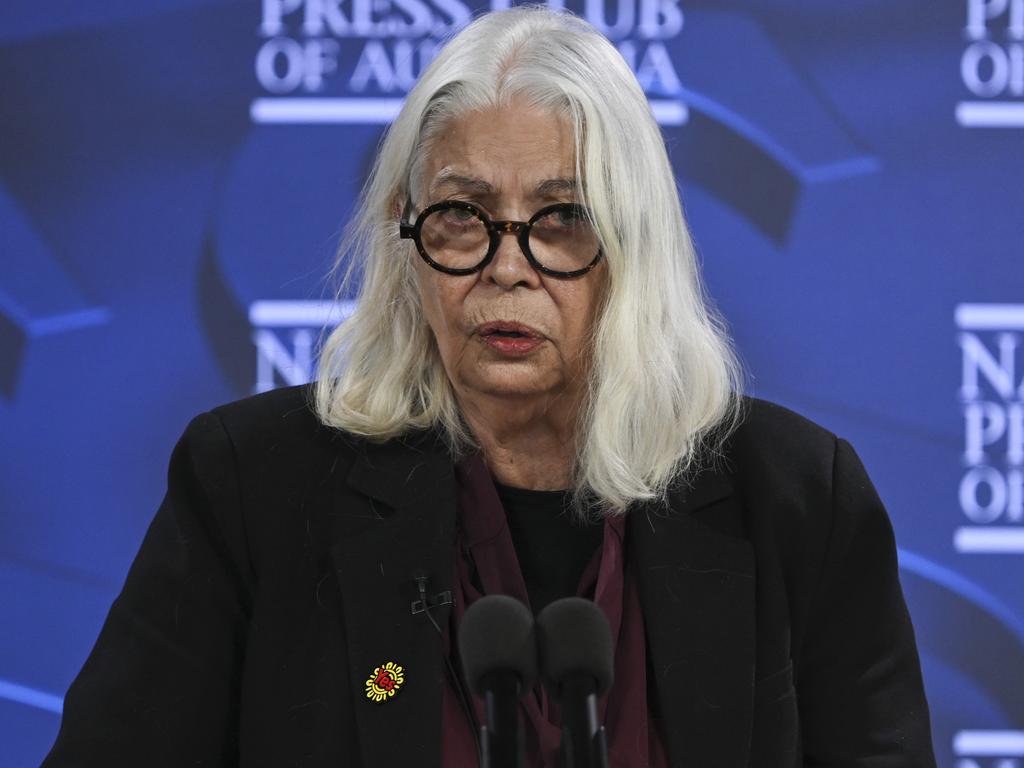


Constitutional recognition through a voice is also recognition of Aboriginal women’s voices and our girls’ voices in Australian democracy.